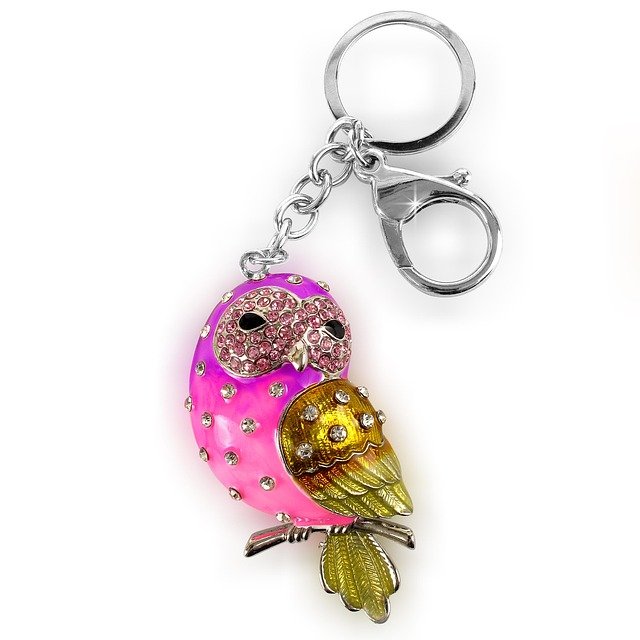Cremation Jewelry: Materials, Options, and Care
Keeping a physical reminder of a loved one is a common way people navigate grief. Cremation jewelry refers to wearable pieces designed to contain, reference, or honor cremated remains or other memorial materials. These pieces range from simple pendants with a small sealed compartment to art glass beads that include a fraction of ashes. Cremation jewelry can serve as a private keepsake or a shared memorial object, and choices often reflect personal taste, cultural practices, and practical concerns such as durability and security.

What is cremation jewelry?
Cremation jewelry is a category of personal jewelry made to hold or represent cremated remains, hair, or other meaningful relics. Typical items include pendants, rings, bracelets, lockets, and beads. Some pieces have discreet sealed chambers to store very small amounts of ashes; others incorporate ashes into glass or resin during creation so the memorial element becomes integral to the material. Designs vary from minimalist to ornate, and many makers offer customization like engravings or fingerprint impressions.
How are ashes incorporated?
There are several common methods for incorporating ashes into jewelry. One approach uses a tiny screw-top or threaded compartment that holds a pinch of ashes under a gasket seal. Another uses kiln-worked glass—ashes are added to molten glass to create a colored bead or pendant. Resin settings can encase ashes in a stable, clear matrix. Some artisans mix a small amount of ashes with metal clay or other materials during fabrication, permanently embedding them in the piece. Regardless of method, reputable makers use secure seals and recommend only a very small quantity of ashes to ensure both safety and aesthetic balance.
Designs for memorial jewelry
Memorial styles vary to suit different preferences and contexts. Minimalist pendants and discreet rings are common for everyday wear, while larger pendants, lockets, and charm bracelets may be chosen for more visible memorial expression. Some people prefer designs that plainly reference the deceased—engraved names, dates, or short messages—while others select symbolic forms like hearts, trees, or infinity motifs. Photo lockets or pieces that incorporate handwriting, fingerprints, or small token objects provide additional personalization. When choosing a design, consider how often the item will be worn and whether it needs to be comfortable for daily use.
Materials used in keepsake pieces
Cremation jewelry is made from metals (sterling silver, gold, stainless steel, titanium), glass, ceramic, and modern polymers or resins. Metals are durable and can be engraved; stainless steel and titanium are corrosion-resistant and lower-maintenance. Glass and art glass beads allow colorful effects and can visibly incorporate ashes as part of the design; however, glass is more fragile. Resin pieces are versatile and can be sealed to protect enclosed materials, but UV exposure over many years can affect clarity unless stabilized. When selecting a material, balance aesthetics with longevity and how you plan to wear the piece.
How to care for cremation keepsakes
Proper care maintains both appearance and the integrity of any sealed compartment. Clean metal pieces with a soft cloth and appropriate cleaner for the metal type; avoid harsh chemicals that could damage seals. Glass and resin items should be wiped gently with a microfiber cloth. If the piece has a threaded compartment or seal, periodically check the closure to ensure it remains secure; if you travel or swim frequently, verify whether the maker rates the piece as water-resistant. Store the keepsake separately from other jewelry to prevent scratches, and consult the maker about repair or re-sealing options if needed. If you seek local services for repair or custom work, look for jewelers or artisans who specialize in memorial pieces or who have clear policies about handling remains.
Conclusion
Cremation jewelry provides a range of options for keeping a physical memorial close—whether through a sealed compartment, embedded ashes, or symbolic design elements. Choosing a piece involves considering materials, design, personalization, and practical care. Selecting a reputable maker or local services in your area and asking clear questions about sealing, materials, and maintenance helps ensure the keepsake remains a durable and meaningful part of remembrance.






